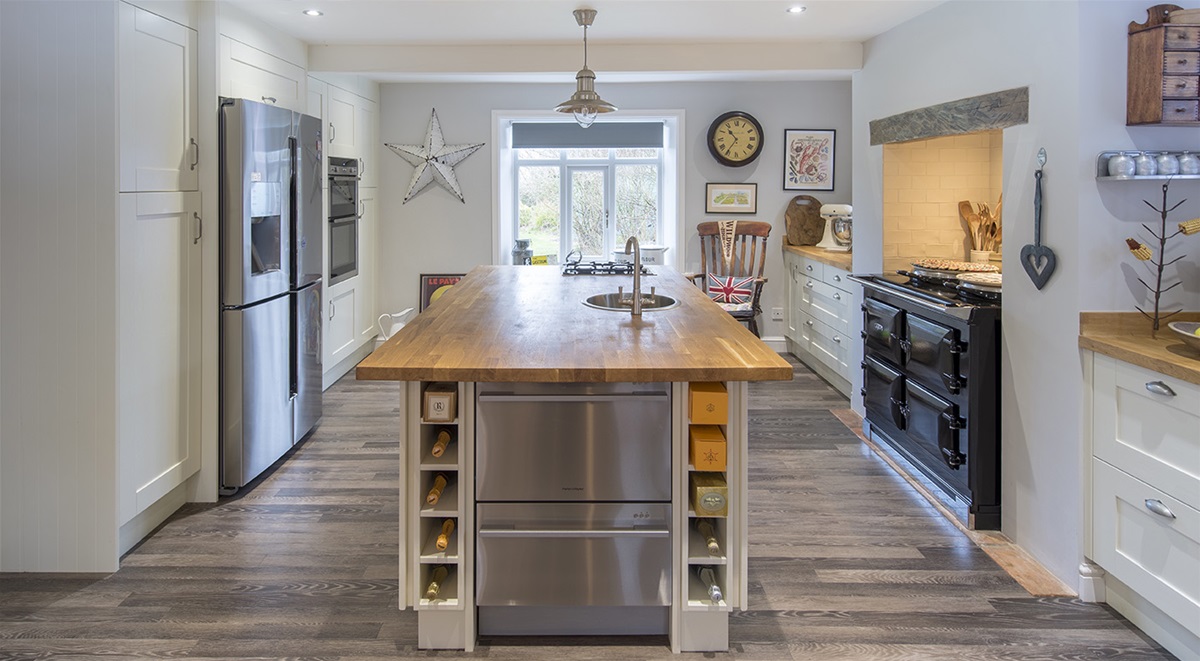What Should I Expect During a Kitchen Installation?
11/11/2024

If you're new to the process of buying and having a new kitchen installed, it’s easy to overlook how involved it can be. After the excitement of planning and designing, the installation phase begins, which can feel like a full construction project inside your home. Being prepared for each step can help the experience go much smoother than you may think.
Why Working with Professionals is Essential for Kitchen Design and Installation
The steps involved in your kitchen installation will depend on the scope of the renovation, the condition of your home, and whether additional tradespeople, like plumbers or plasterers, are needed. Here’s a typical order of events:
- Removal: Your existing kitchen and appliances will be carefully removed and disposed of. At NBK, we handle this step entirely for you.
- Plumbing and Electrical Work: Utility setups and adjustments will be made before any new fixtures are installed. This is essential to prevent any accidental damage to new items during installation.
- Repairs: After your old kitchen is taken out, the walls might need repairs, especially if tiles were removed. This can involve plastering, which may need time to dry before the next steps continue.
- Installing Units: Installation generally starts with the base units for your cabinets, followed by the wall-mounted units, setting the foundation for your kitchen’s layout.
- Worktops: With the units in place, worktops are fitted and adjusted to accommodate elements like hobs and sinks, which are installed and connected at this stage.
- Tiling: Wall tiles, if part of your design, are added after the worktops, providing a stylish and practical backsplash.
- Flooring: If new flooring is part of the design, it’s typically installed at this stage.
- Finishing Items: This step includes fitting cupboard doors, drawer fronts, plinths (which sit along the base units), and cornices (decorative pieces along the tops of the wall units).
- Appliance Installation: Large appliances like ovens and dishwashers are added at the end. For gas appliances, specialist installation may be required for safety.
- Certification: Once the installation is complete, your installer should provide certifications to confirm that any electrical and gas work complies with industry standards.
- Handover: The final step is a walk-through with your NBK project manager to ensure you’re happy with everything. You’ll check that surfaces are level, handles are aligned, and drawers and cupboards work smoothly.
If you’re looking for inspiration, take a look at our kitchen design ideas to help you create the kitchen of your dreams!
